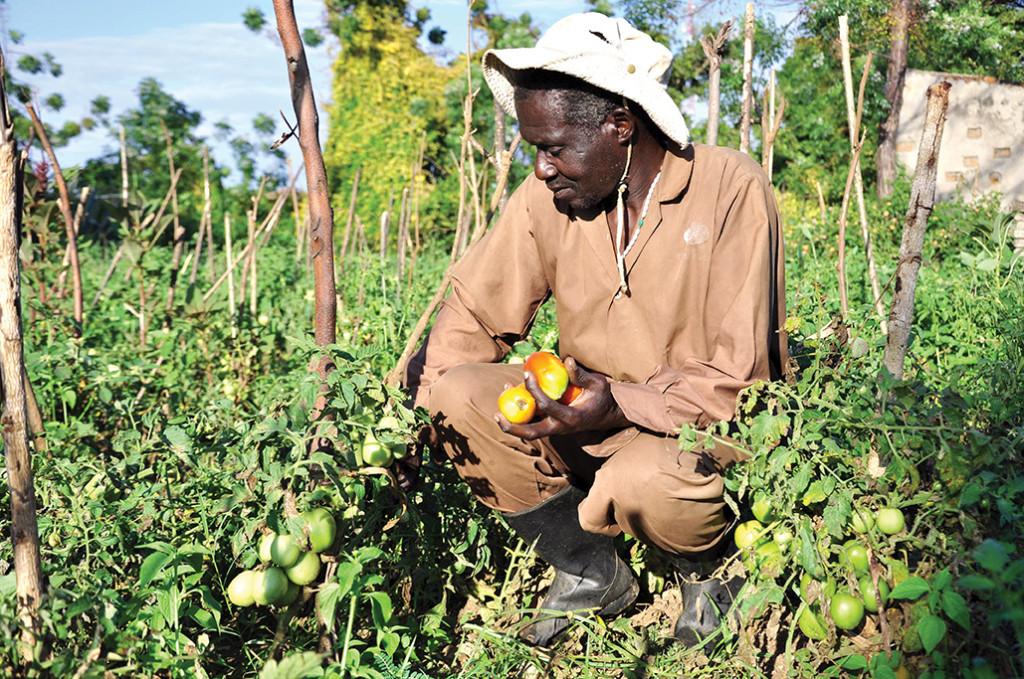IRIN
“Plant doctor” Daniel Lyazi cuts apart a slime-covered cabbage at a farmers’ market in Mukono, central Uganda, where the devastating cassava brown streak disease first was identified in 2004.
“There’s a small caterpillar which is eating the cabbage, and according to me, it’s a diamond-back moth,” he tells farmers who crowd around his table.
Lyazi advises the cabbage grower to switch pesticides and plant some onions as an additional repellent to moths, and he fills out a form with this prescription before turning to the next “patient,” an undersize cassava tuber.
Free “plant clinics” like this one were piloted in Mukono in 2006 and by 2013 had spread to 45 of Uganda’s 112 local government districts, according to the Centre for Agriculture and Bioscience (CABI), based in the United Kingdom.
CABI adopted the term “plant doctor” for the 1,000 agricultural extension workers it has helped train as part of its Plantwise program. Since 2010, Plantwise has set up plant clinics in 24 countries, including three in West Africa and nine in East Africa. In August 2013, it opened 13 in Zambia.
Plant pests and diseases are major threats to food security and livelihoods in most developing countries. Farmers’ need for advice was evident at Lyazi’s clinic in Mukono. During a three-hour session, consultations were nonstop, and 17 farmers were given detailed recommendations, verbally and on “prescription” sheets.
Erifazi Mayanja, head of a local farmers’ group, said the clinics are beneficial: “That’s why we have come in great number today, because of the good advice we are getting.’’
There is also an exponential effect of farmers receiving advice at a clinic and passing on the information to neighbors with the same problem, said Misaki Okotel of nongovernmental organization Self Help Africa, a partner with CABI. Plantwise reports that, as of 2013, its doctors had advised 200,000 farmers, and the organization aims to reach 800,000 in 31 countries in 2014.

